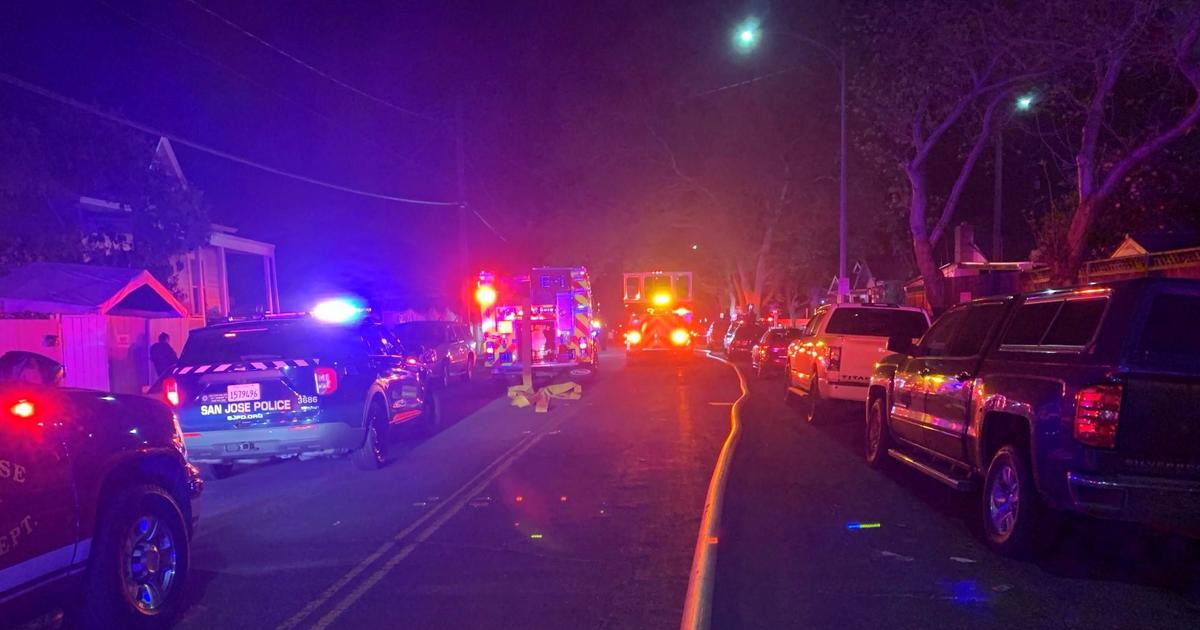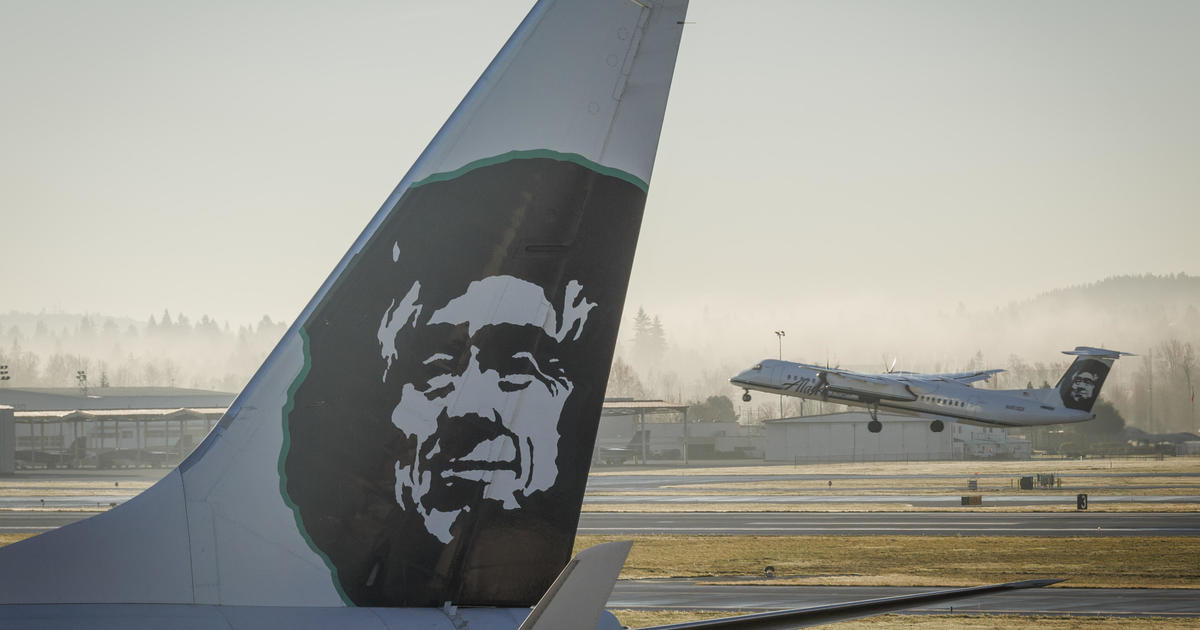3 Weeks After Fire, Hydrocarbons Still Leaking At Richmond Refinery
RICHMOND (CBS SF) -- Smog-producing hydrocarbons are still leaking at unlawful levels at the Chevron oil refinery in the wake of the Aug. 6 fire, but pollution control officials said they expect to stop it by Tuesday and Chevron could face fines of $25,000 for each day per violation.
"The leak has been isolated, and will stop as soon as tomorrow," said Dan Tillema, a chemical incident investigator for the U.S. Chemical Safety and Hazard Investigation Board, during a public briefing about government inquiries into the refinery disaster Monday morning at the Richmond City Council Chambers.
While the exact size of the hydrocarbon leak has yet to be verified, the Bay Area Air Quality Management District estimates that it is 5,000 parts per million, a low level still considered a violation of federal air quality standards that are monitored by the district.
KCBS' Dave Padilla Reports:
"We are going to look at all of their (Chevron's) processes and all of their equipment and set the maximum penalties," said Jack Broadbent, the district's chief executive officer, who added that the maximum fine is $25,000 for each day pollution standards are violated.
Tillema and Broadbent were among four representatives of city, county and federal agencies who discussed the progress of investigations into the refinery fire Monday before more than 100 people at City Hall.
Four separate government agencies have launched probes into the fire, including the U.S. Environmental Protection Agency, California Occupational Safety and Health Administration, the chemical safety board and the air quality district.
Chevron is also investigating the accident at its facility.
Melissa Ritchie, spokesperson for the company, acknowledged that hydrocarbons were still leaking from the plant, but that company structural engineers say it is too unsafe to go near the facility's crude unit, where the leak is coming from.
"We are cooperating with all of the investigative agencies," Ritchie said. "Once we learn the cause of the incident, we want to make sure that this will never happen again."
Daniel Meer, assistant director of the EPA, told the audience the agency's efforts center on whether Chevron violated Section 112R of the federal Clean Air Act, which could result in fines and court-imposed changes to its operation of the refinery.
Officials believe the refinery accident happened when crude oil escaped through a corroded pipe, triggering a huge blaze that sent large plumes of sulfur-infused smoke and soot that drifted into Richmond and neighboring cities. Odors from the plumes were noticed as far away at San Joaquin County.
Within days, 14,600 people were admitted to area hospitals after the fire, complaining of ailments such as breathing problems and eye irritation.
Before the accident, the Richmond facility could process up to 248,000 barrels of crude oil a day, mostly to produce gasoline. Part of the refinery is still operating, producing transportation fuel, Ritchie said.
Government investigations into the fire will examine the crude unit, where gas, oil, diesel, kerosene and naphtha are separated during a heating process.
The air quality district also will scrutinize the role of the refinery's flare, a tall stack with a burning flame used as a safety device, played in the blaze, Broadbent said.
For his team to look into the Chevron blaze, Tillema chose three people who investigated the Deepwater Horizon offshore oil spill that that killed 11 workers in a fire and sent 4.9 million barrels of oil into the Gulf of Mexico off the coast Louisiana in 2010.
"The goal is to learn what can be done to avoid a future similar incident," said Tillema, who estimated that the probe would take 12 to 18 months. "It's a very broad, holistic look and not just on the pipe at this point."
He described communications between the chemical safety board and Chevron as "excellent." His team has so far interviewed 70 refinery employees and received 20,000 pages of documents from the company.
Residents of Richmond and other members of the public expressed frustration with officials about the investigations. Some complained that Richmond residents have been suffering health problems from the Chevron refinery for decades, and it took the disaster for government agencies to respond.
"How come you are not helping the people of Richmond?" Gerald Johnson, of Richmond, asked the panel.
Johnson claimed that leakages from the Chevron plant are responsible for higher instances of diabetes and asthma, which he said "is way of our control" in Richmond.
Communities for a Better Environment, an Oakland-based advocacy group, claimed today that based on its study of federal statistics, Chevron increased sulfur content in crude oil processed at the Richmond refinery from 1995-2012, which "can lead to leaks, spills, fires and other pollution incidents."
The air quality district's board plans to meet in San Francisco on Sept. 10 to consider enforcement and other actions concerning the refinery accident, Broadbent said.
(Copyright 2012 by CBS San Francisco and Bay City News Service. All rights reserved. This material may not be published, broadcast, rewritten or redistributed.)



